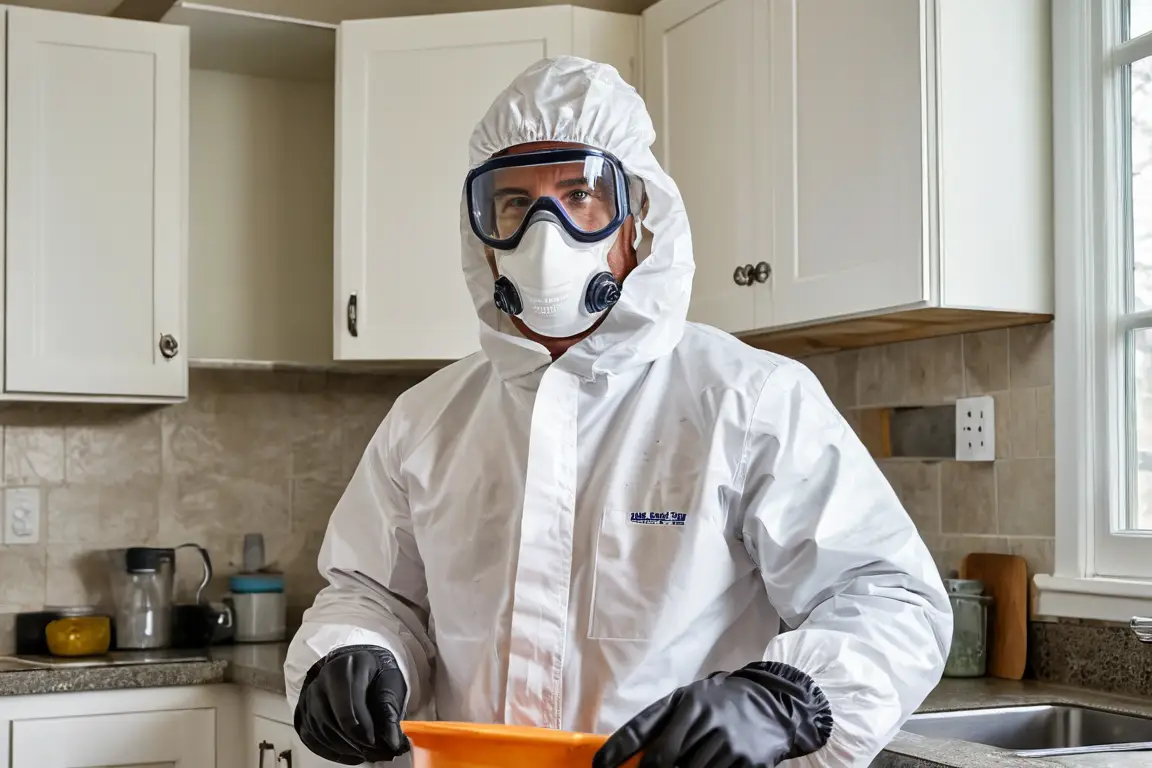RED FLAGS
When hiring a mold remediation contractor, it’s essential to select a professional who is knowledgeable, reliable, and ethical. To assist you in making an informed decision, here are some warning signs to watch out for, indicating you might be dealing with an unqualified or unscrupulous contractor:
- Lack of Licensing (if required by state): Verify that the contractor has a current license where state regulations require one for mold remediation work.
- Absence of Professional Certifications: Look for contractors with certifications from reputable organizations. A lack of these credentials is a major concern.
- Discouraging the Involvement of an Indoor Environmental Professional: Be cautious of contractors who advise against involving an indoor environment, professional. This could be a sign that they do not want the oversight that comes with indoor environmental, professional involvement. Also avoid companies that push to provide both assessment consulting services and remediation services.
- Attempting to Set the Clearance Criteria for Post Remediation Verification: It is the job of an independent environmental professional or assessment consultant to set the clearance criteria for passing post remediation verification testing, not the remediation contractor.
- Offering to Remove Mold as Water Damage: Contractors who are either inexperienced or unlicensed to properly deal with mold will often advise homeowners that the situation can be taken care of as water damage.
- Upselling Unnecessary Products or Services: Be cautious of contractors pushing their products or services not recommended by an independent Indoor Environmental Professional (IEP).
- National Companies that Sub-Contract to Local Contractors: Beware of national marketing companies that advertise services, and then simply subcontract to local contractors, taking a referral fee or a percentage of the job in return with no additional value added.
- No References or Poor Online Reviews: Trustworthy contractors should readily provide references or have positive online reviews from past clients. Be wary if they can’t or if reviews are predominantly negative. Also watch for companies that attempt to restrict your rights to leave public reviews if you are dissatisfied with their services.
- High-Pressure Sales Tactics: A reputable contractor will offer a reasoned assessment of your needs rather than using scare tactics or pressure to rush you into a decision.
- Generic Remediation Approaches: Effective mold remediation requires tailored solutions. Be skeptical of contractors offering one-size-fits-all remedies without a detailed evaluation of your specific situation.
- Vague Remediation Plans: A professional contractor should present a clear, detailed remediation plan, including the scope of work, methods, and expected outcomes. Lack of such documentation is a red flag.
- Potential Conflicts of Interest: Exercise caution if a contractor seems unduly insistent on using a particular remediation service without a satisfactory explanation, indicating a possible conflict of interest.
- Unrealistic Pricing: Extremely low bids may suggest inexperience or inadequate service, whereas very high quotes could indicate an attempt to overcharge. Both are signs of caution.
- Poor Communication: Professionals should be transparent, answering your questions and explaining their processes clearly. Avoid contractors who are evasive or fail to communicate effectively.
- No Assurance for Post-Remediation Verification: Reputable contractors typically guarantee their work, offering to re-do it at no extra cost until they achieve successful clearance in post-remediation verification tests.
- Inadequate Equipment: Proper mold remediation requires specialized equipment. Be wary of contractors using outdated or consumer-grade tools.
- Use of Harsh Chemicals: Reliance on harsh or potentially toxic chemicals for mold remediation
- Sodium Hypochlorite (Bleach): While effective at killing surface mold on non-porous materials, bleach can emit harmful fumes that irritate the eyes, skin, and respiratory system. It’s not recommended for porous surfaces as it can’t reach mold roots, potentially leading to regrowth.
- Phenolic Disinfectants: Phenolic compounds can be effective against bacteria and viruses but are also known for their strong odors and potential to irritate or burn skin and mucous membranes.
- Quaternary Ammonium Compounds (Quats): While quats are effective disinfectants and less irritating to the skin than some other chemicals, they can still cause respiratory and skin irritation, especially in concentrated forms.
- Chlorine Dioxide: This chemical is a powerful disinfectant known for its ability to kill bacteria, viruses, and mold spores. However, chlorine dioxide gas can be hazardous, leading to respiratory distress and other health issues if inhaled.
- Ozone Use: Employing ozone for mold remediation is a red flag due to its strong oxidizing properties that, while effective against microbes, can significantly irritate the respiratory system, exacerbate existing health conditions, and pose risks to individuals with sensitivities or compromised immune systems.
- Lack of Insurance: Ensure the contractor has both liability and workers’ compensation insurance to protect against potential accidents or damages during the project.
- Overpromising Results: Be cautious of contractors who guarantee complete mold elimination or make other unrealistic promises. Such guarantees are not feasible in mold remediation.

